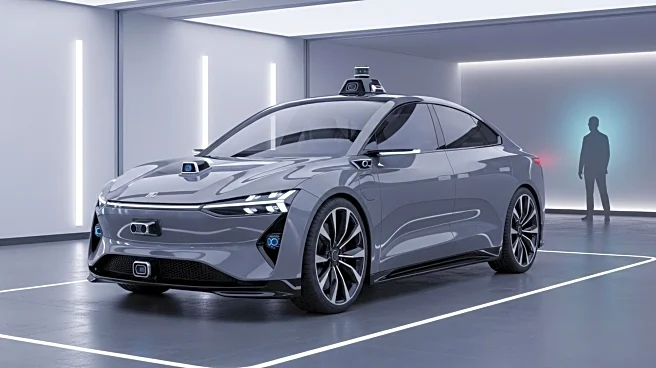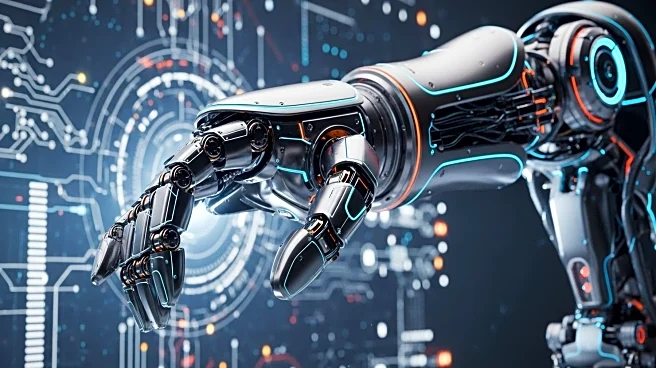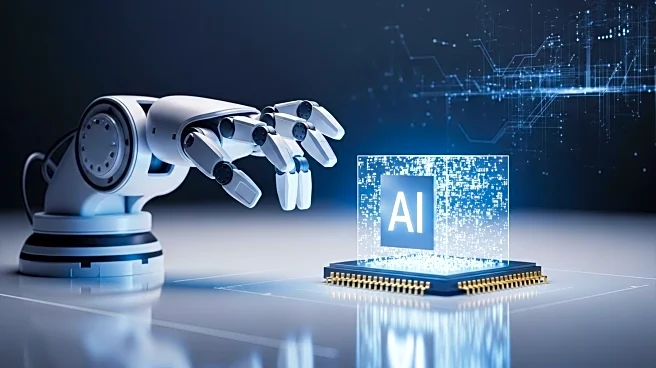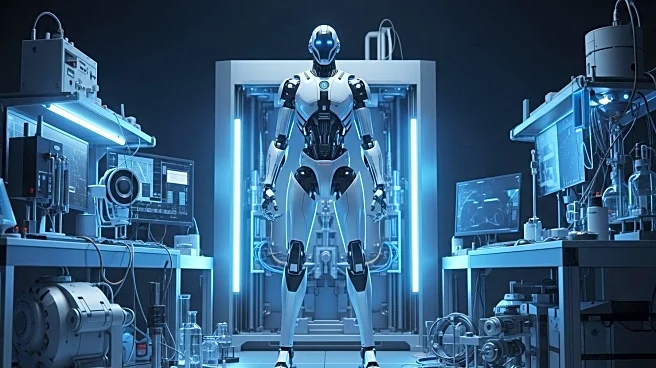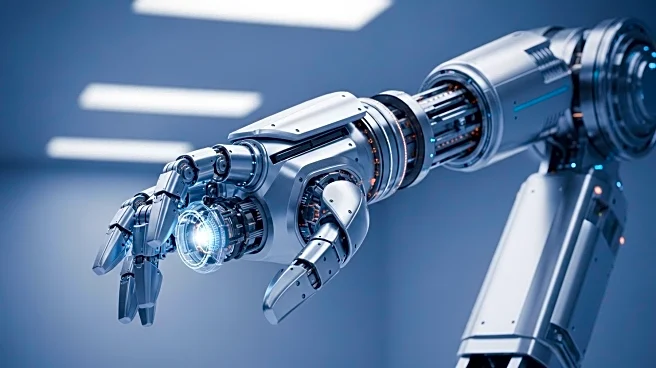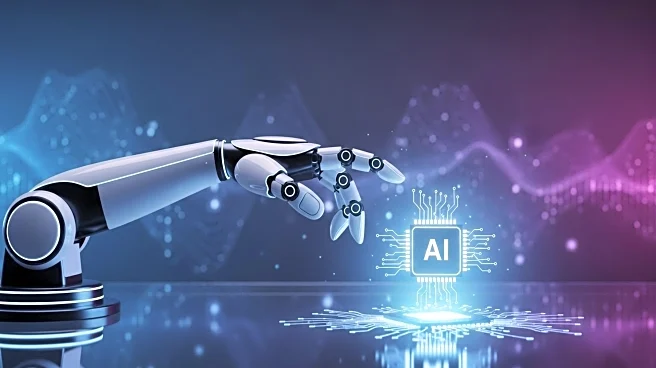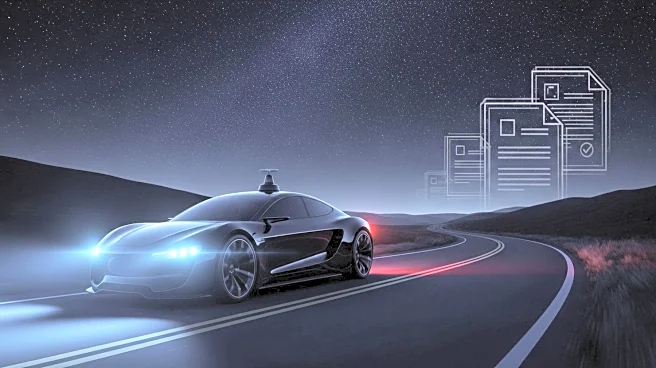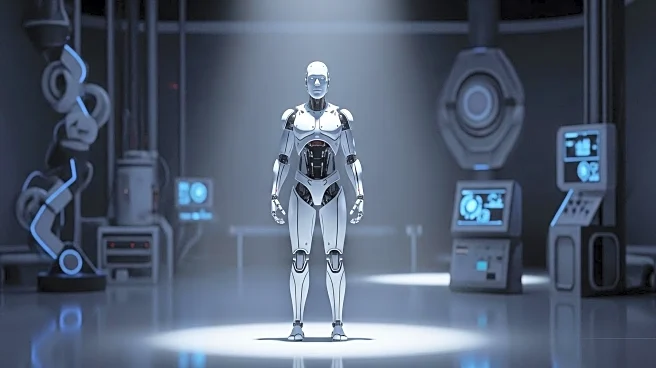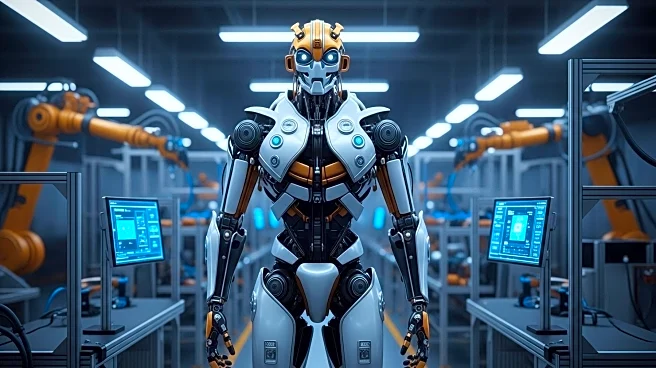What's Happening?
Rodney Brooks, an MIT roboticist and cofounder of iRobot, has expressed skepticism about the feasibility of Elon Musk's vision for humanoid robots. Brooks argues that the current approach to training these robots, which involves using videos of humans performing tasks, is unlikely to result in significant improvements in dexterity. He highlights the complexity of human touch, which involves thousands of mechanoreceptors in the hands, as a major challenge that current AI training methods do not adequately address. Brooks suggests that the substantial investments by venture capitalists and tech companies in humanoid robot development might be better spent on university research to achieve more realistic goals.
Why It's Important?
The critique from Brooks underscores a significant debate in the field of robotics and AI regarding the direction and efficacy of current investments. If Brooks' assessment is accurate, it suggests that the billions of dollars being funneled into humanoid robot development may not yield the expected results, potentially leading to financial losses and a reevaluation of research priorities. This could impact companies like Tesla and Figure, which are heavily invested in this technology. The broader implications could affect the future of AI and robotics research, potentially shifting focus towards more practical and achievable applications.
What's Next?
Elon Musk has announced plans to begin selling Tesla's Optimus robots in 2026, with claims that these robots are already performing tasks autonomously in Tesla factories. However, if Brooks' predictions hold true, the industry may see a shift in focus towards more functional and less human-like robots. This could lead to a reevaluation of current strategies and investments, with potential increased funding for academic research to explore alternative approaches to robot development.
Beyond the Headlines
Brooks' comments also raise ethical and philosophical questions about the pursuit of humanoid robots. The desire to create machines that mimic human appearance and behavior may overlook the potential benefits of developing robots that are designed for specific tasks, which could be more efficient and cost-effective. This discussion could influence future research directions and public perception of robotics technology.


